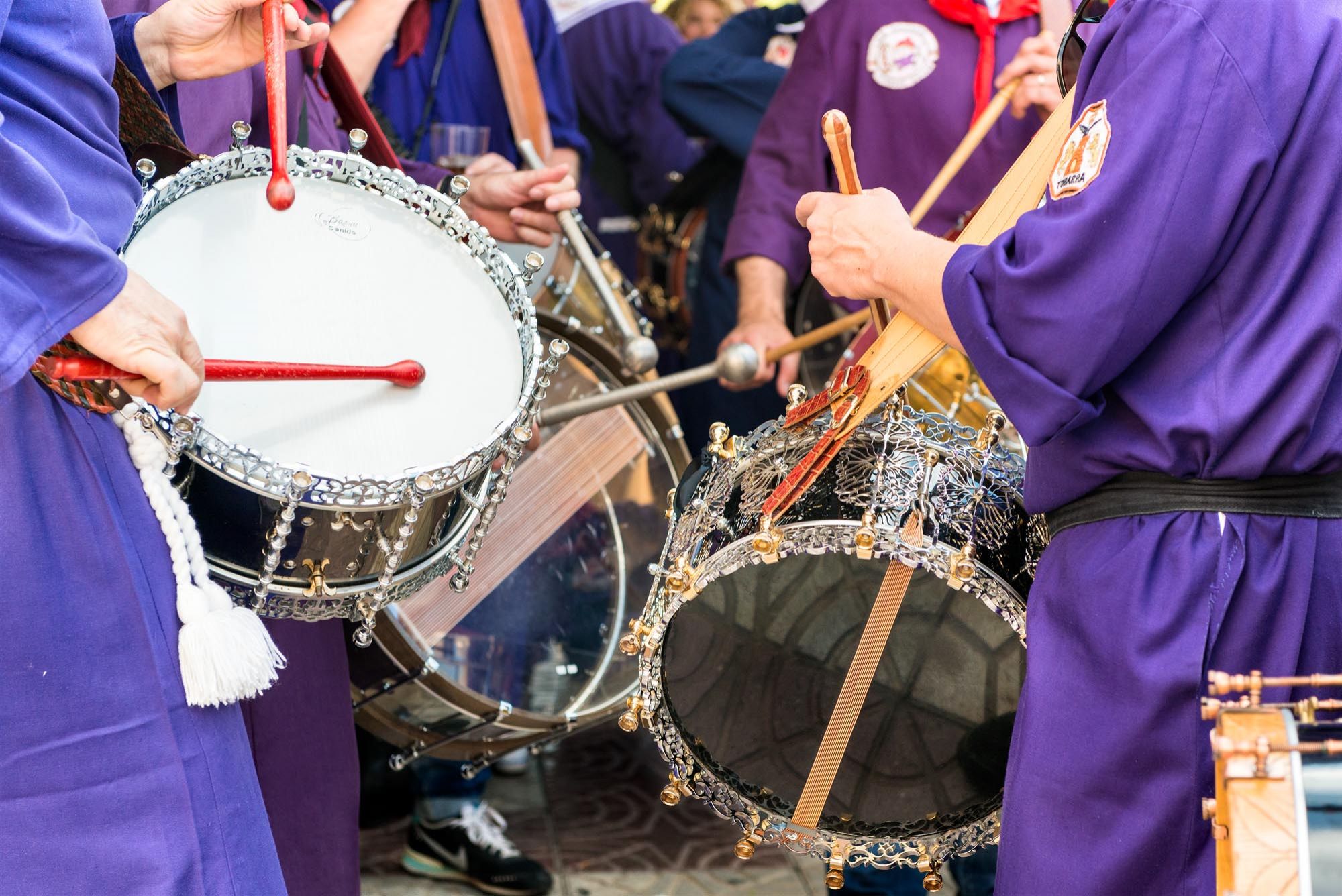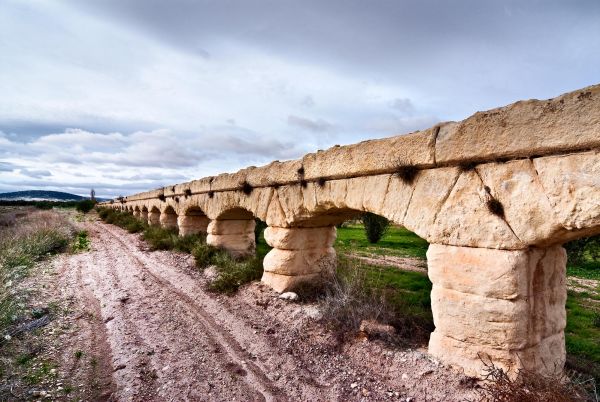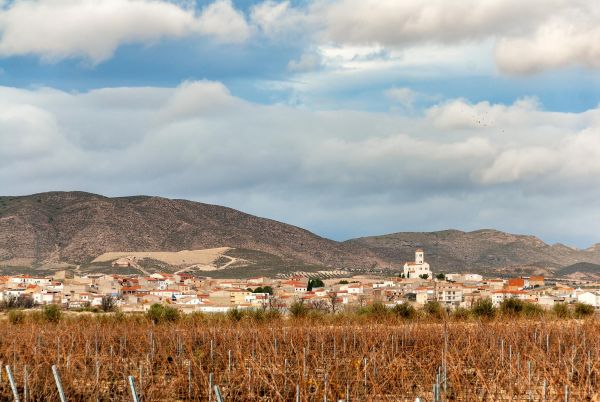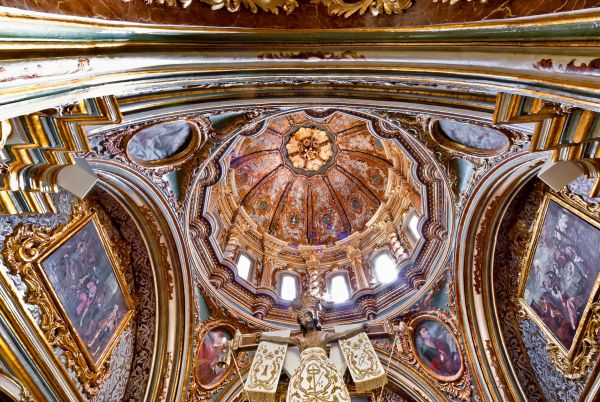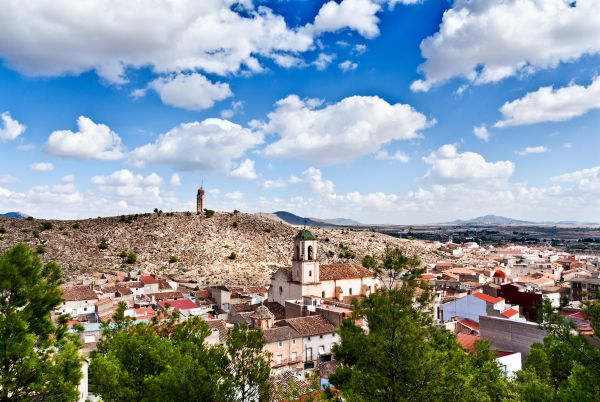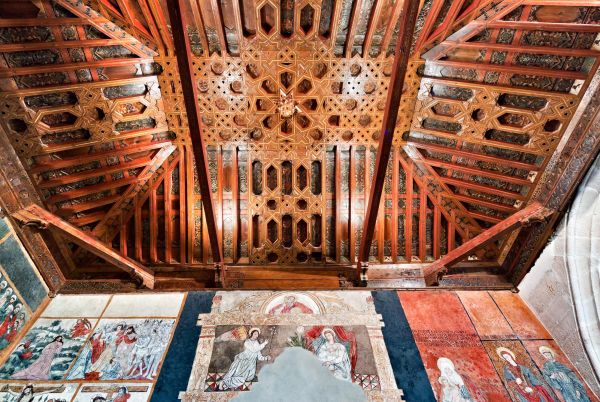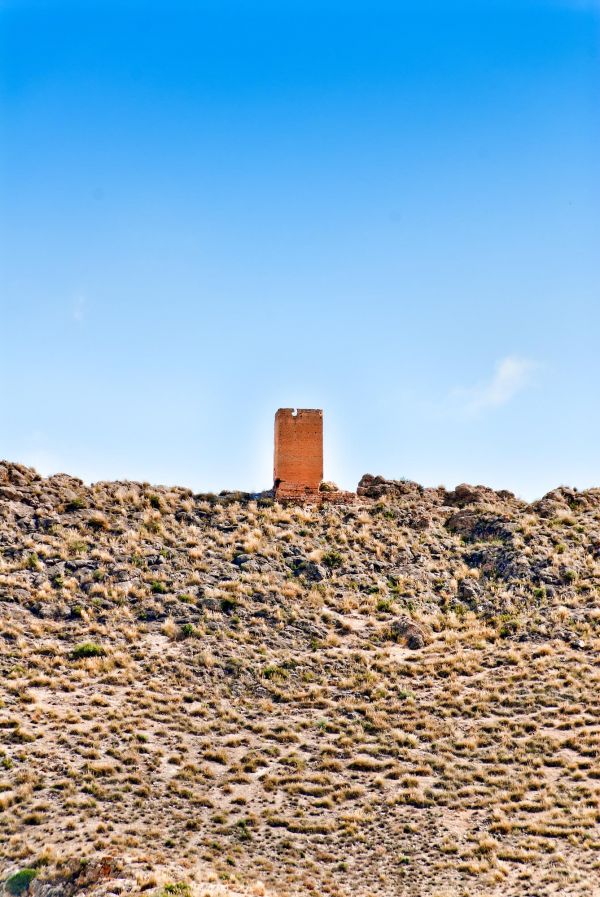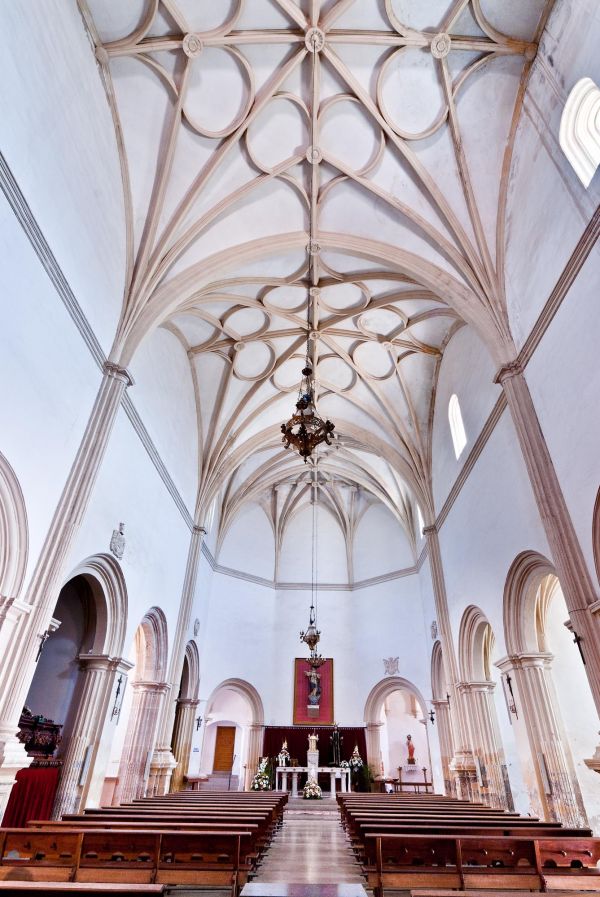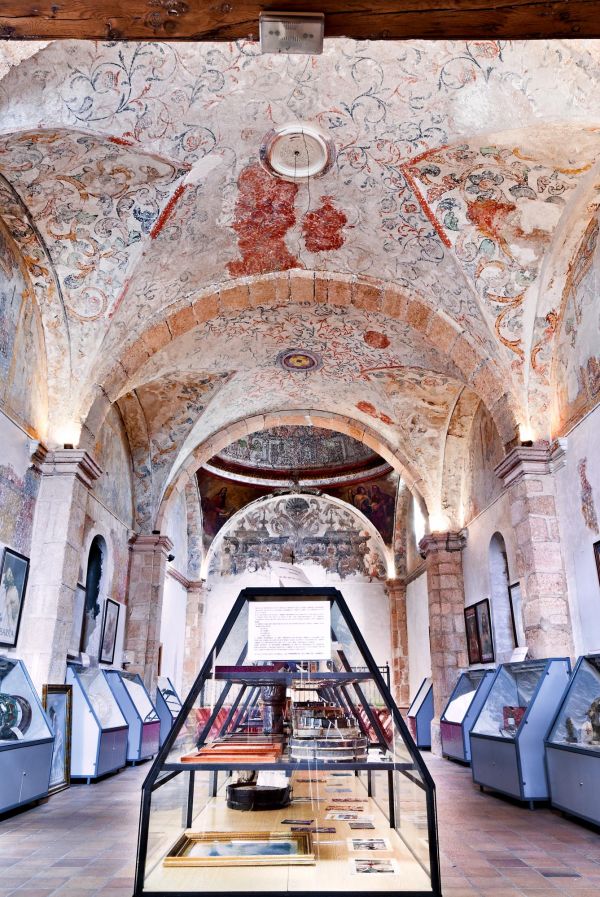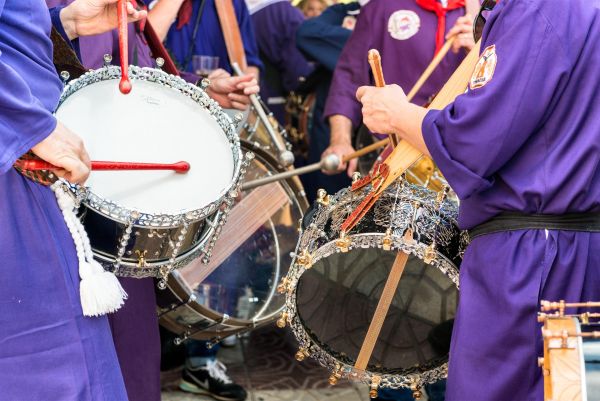Lands of Tobarra and Ontur: drum and engineless flight
Albacete
Tobarra, the cradle of the drum The name of Tobarra is closely linked to this instrument, which is - among other things, the star of the local Easter celebrations, the most important date in Tobarra’s calendar.
On Holy Wednesday, each group gets together in their place of work –known in Tobarra as ‘garutos’– to have lunch After, at around 4 pm, the groups of friends go into the streets to kick start 104 hours of uninterrupted drum beat, until midnight on Easter Sunday. The drums only go silent during solemn observance. Particularly during the Good Friday blessing given by the articulated image of Jesus of Nazareth, who is visited by over thirty thousand people every year.
The Tamborada de Tobarra (Tobarra Drum Playing Festival) has been declared an intangible cultural heritage by UNESCO.
In Tobarra, the use of drums dates back to the early 19th century. The current craftsmen’s drums are extremely famous and can be bought in local shops. To learn more about this union between the town and the instrument, we recommend visiting the Drum and Easter Museum, which has excellent collections from around the world and items from the 18th century.
There is an additional factor making the museum even more interesting: its location in the 18th-century Church of the Immaculate Conception (‘Iglesia de la Purísima’), noteworthy due to its ceilings decorated with floral motifs.
Like in Hellín, Tobarra’s main church is dedicated to the Assumption of St. Mary and was built during the 16th century.
In the outskirts of Tobarra, Muslim constructions and ruins sit atop the Cerro de la Encarnación (‘Incarnation Hill’), next to the sanctuary. Nearby, the so-called “Ojos del Diablo” (‘Devil’s Eyes’) can be found, ruins of the castle also with Muslim origins.
El Castellar, a Spanish-Muslim site, is one of the few still intact in the province. It is located on the hill of the same name, at an altitude of 714 m, between the hamlets of Sierra and Cordovilla, dominating two sweeping valleys and is a place we recommend visiting. This castle or fort may date back to around the 16th century, and is one of the most important historical complexes in the province’s medieval past, whose value is showcased by the monumental structures still standing.
Nearby, the Laguna de Alboraj Nature Reserve breaks with the barren landscape; two karstic lagoons, with sharp, rocky banks and no beaches, provide refuge for breeding birds such as the red-necked nightjars, reed warblers and great spotted cuckoos, among others.
Before leaving the lands of Tobarra, an excursion packed with mystery: the Albojarico’s cave hermitage. The original of these constructions is a mystery. They could be cave churches dating from the Mozarab period - there are several examples of this dotted around Spain, which were made due to the express prohibition of building new temples during the Islamic occupation. Another use may have been as shelter for shepherds and keeping cattle. A third theory goes that the abode was built and inhabited by the workers of the nearby quarry.
The entrance door is trapezoidal, and over 2 metres high. The original closing system used wood and now little cracks can be seen, which were used for latches and handles. The main construction is an almost perfect rectangle that is around 25 metres long and 5 metres wide. Its height is a little over 3 metres. The nave has a suspended gable roof with niches. In the apse, two wooden beds carved into the rock can be seen. In the centre of the apse, there is a type of chimney/ventilation tube excavated with a 1-metre diameter and that extends 9 metres until reaching the surface, being the only element that lights and ventilates the place.
The road takes us to Albatana, where the municipal district has a magnificent aqueduct we plan to visit, in a place known as Molino de Arriba.
Perhaps the best option for this visit is leaving the car in the centre of town and walking for around two kilometres. The path is well signposted via panels. The route goes along the CM-412 road. Just after crossing this road, we’ll come across one of the most important buildings in Albatana: the Lavadero de La Venta washing area, perhaps the best preserved in the whole region, perfectly refurbished and conserved, which dates to the first quarter of the 20th century.
Walking a little further, we’ll see the aqueduct. 389 m long, it is the most interesting hydraulic infrastructure in the province. Currently, the remains of two aqueducts can be seen: a section of one made with irregular stone masonry and the best known, made with stonework in 1742, which now still moves water.
We’re travelling towards Ontur. In the Paraje de las Eras, the famous Roman Dolls were found: four dolls made of bones and one amber doll, all joined at the knees, waist, shoulders and 3 of them at the elbows. The dolls made of bones are around 18 cm tall and the amber doll, the most valuable one, measures 16.5 cm. These genuine 4th century Roman treasures are on display in the Provincial Museum of Albacete.
Lastly, a suggestion for the most adventurous travellers. A place that attracts glider pilots from around the world, seeking the zone’s thermals that allow gliders to fly for hundreds of kilometres. On the Madroño mountain, the region’s highest at 1,051 m, 2 km from Ontur, the facilities of the Ontur Aerodrome - Regional Aero Sports Centre are located. This civil aerodrome is owned by the council, and all types of aero sports can be practised, particularly gliding, due to exceptional weather conditions. Facilities include hangars, a 1,200 m long tarmac track, a camping area and six bungalows. It also has a runway for model aeroplanes, suitable for ultralight aircraft.
http://www.camposdehellin.com/
http://www.semanasantadetobarra.com/
May also be of interest to you
Castilla-La Mancha Tourism in 2023. All rights reserved.
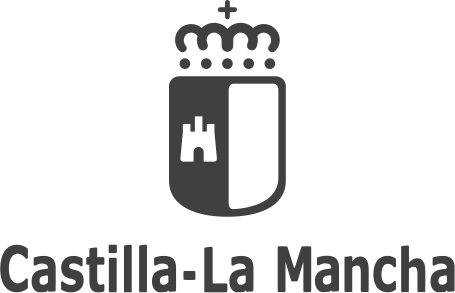
 365
365
